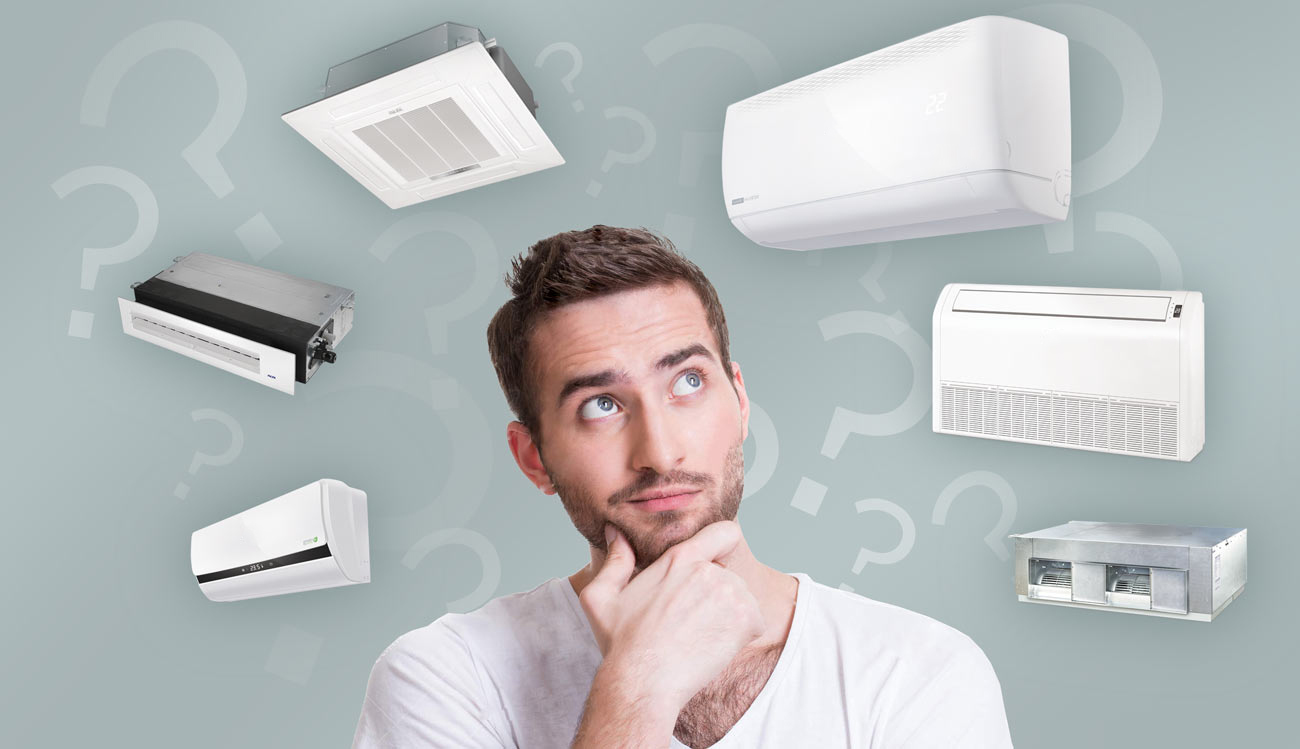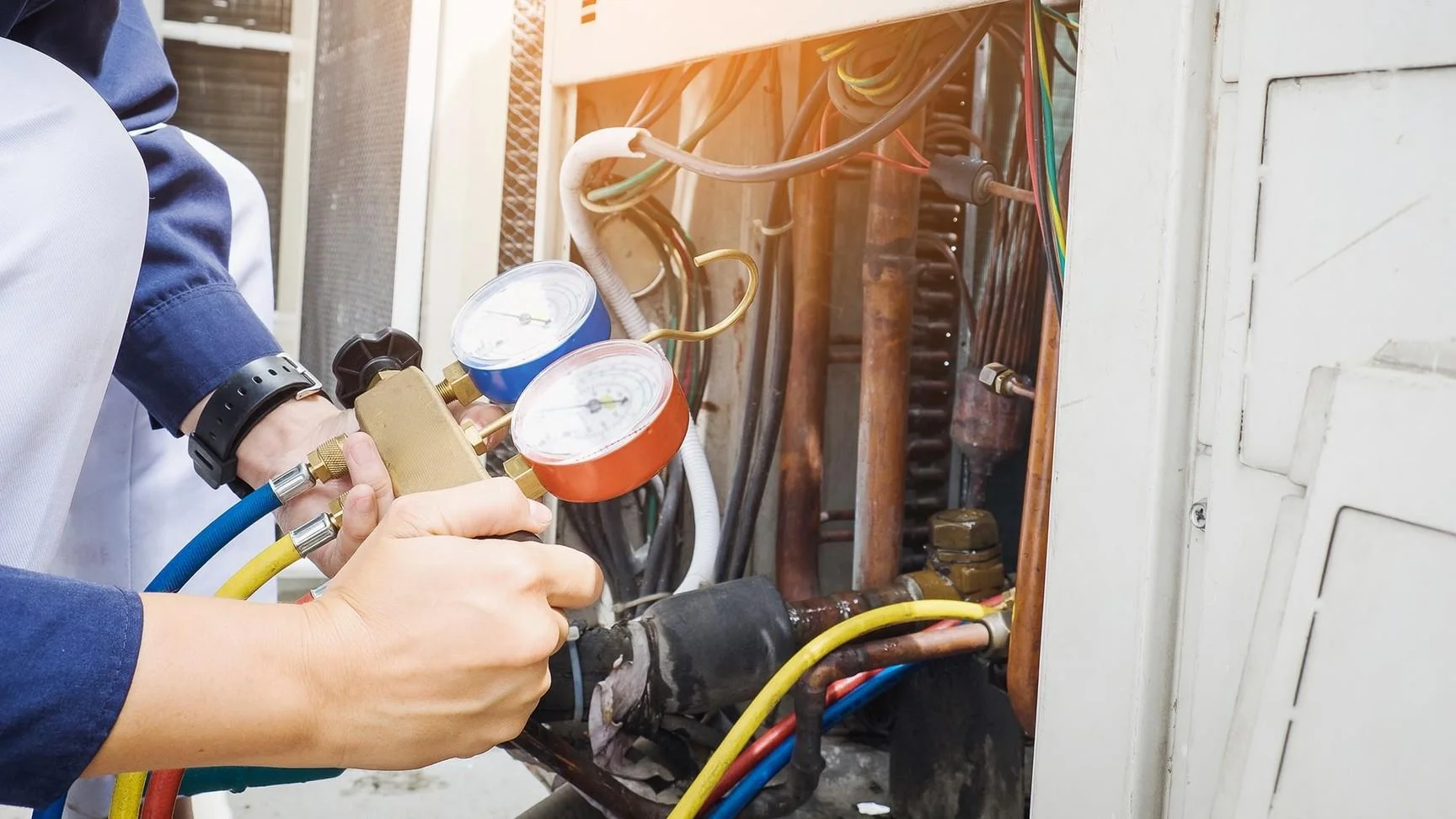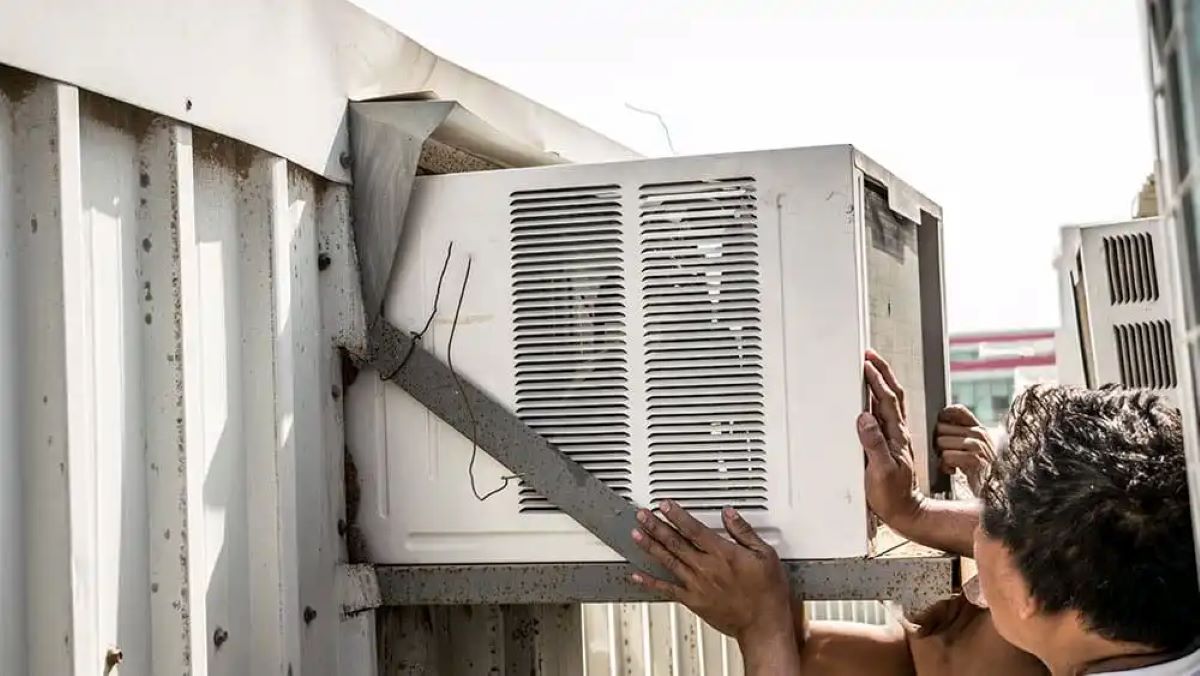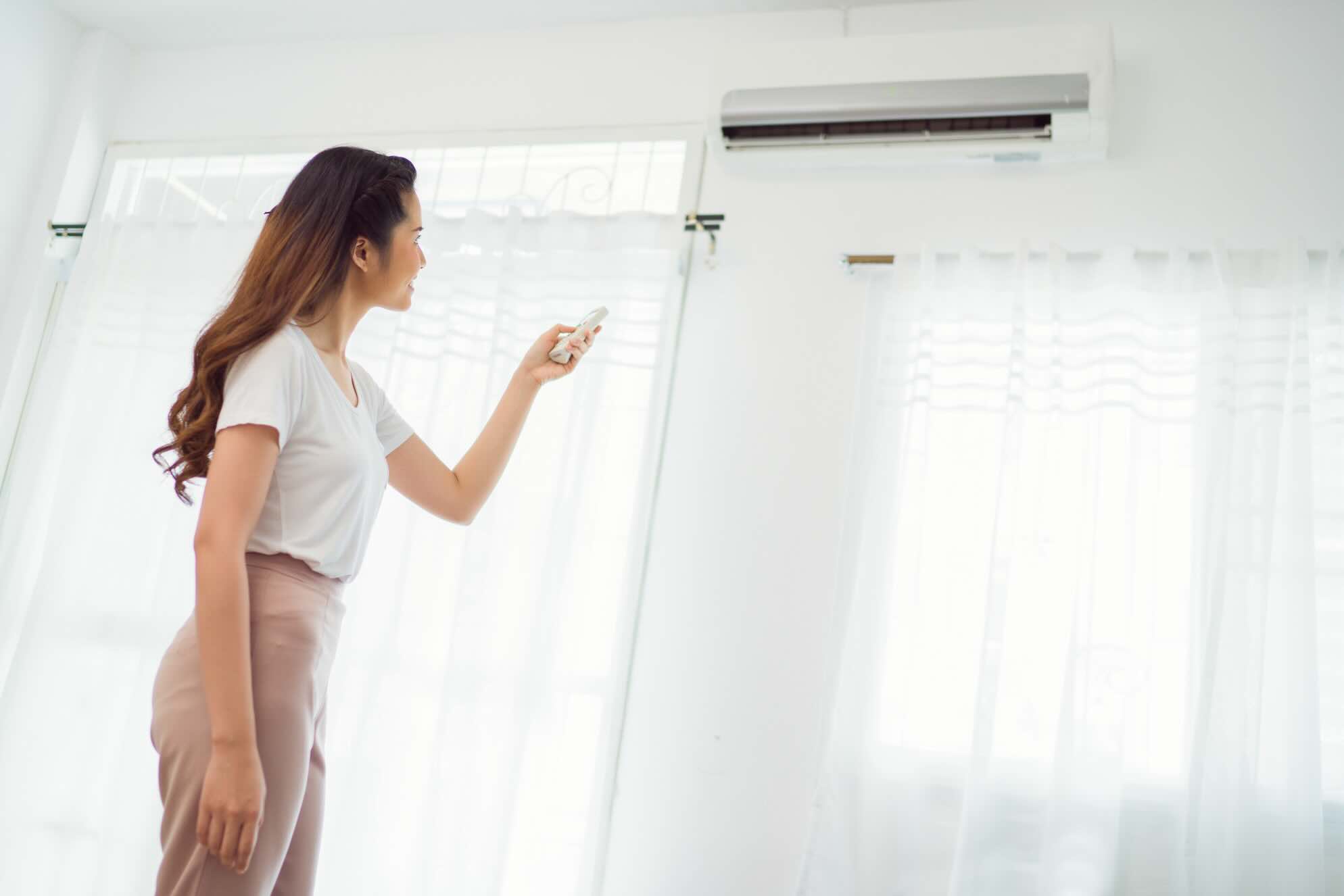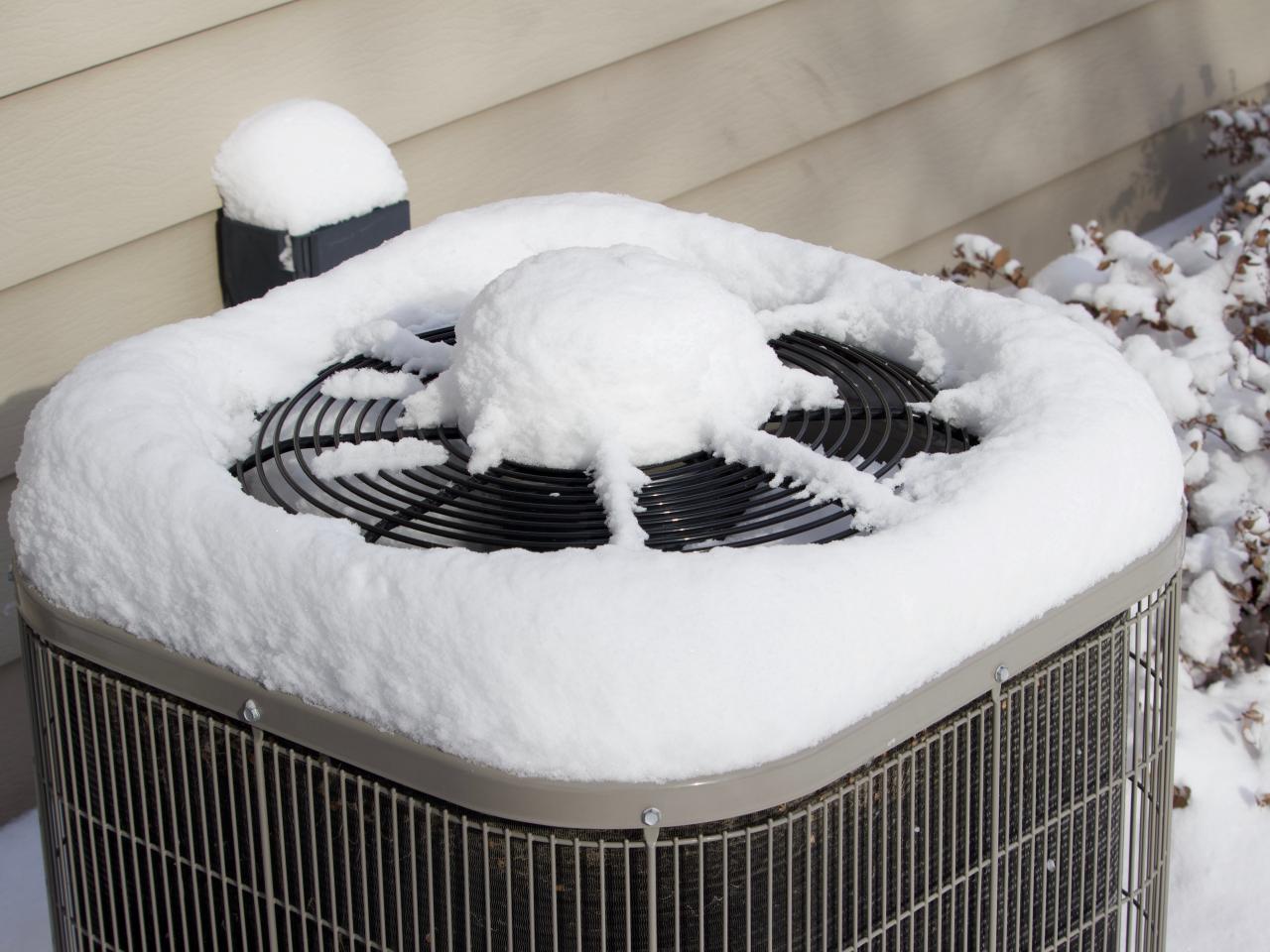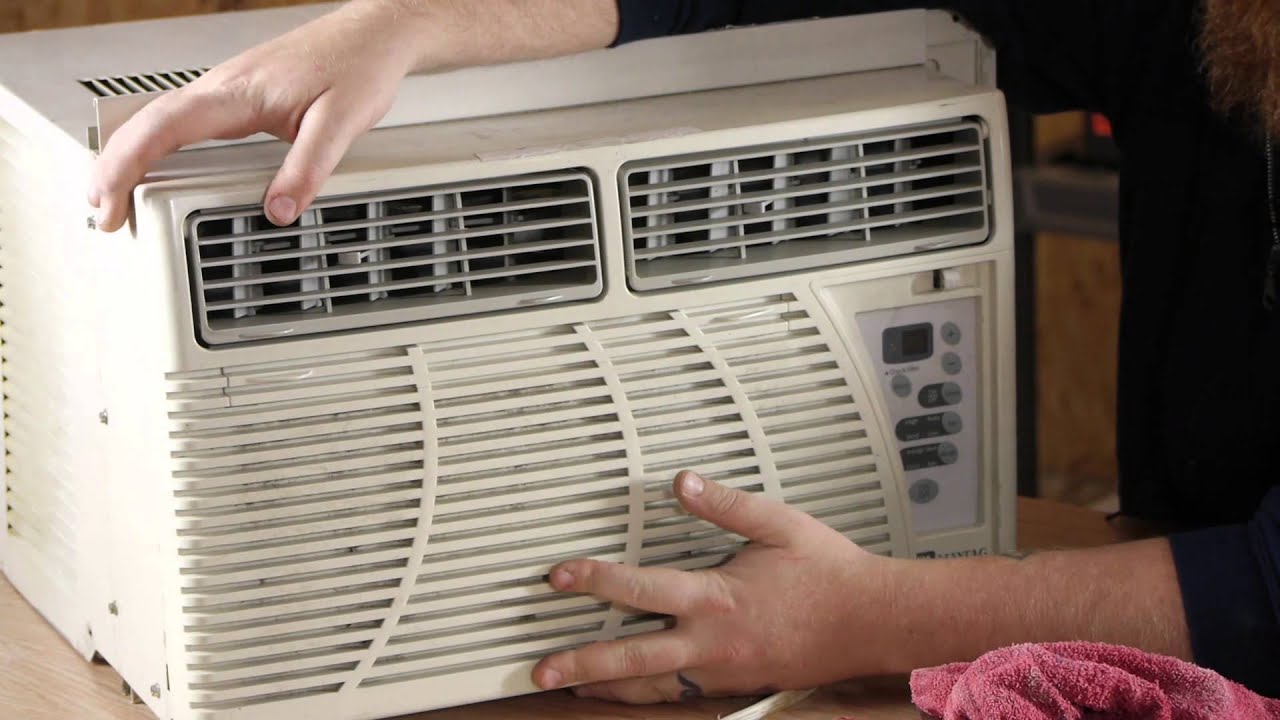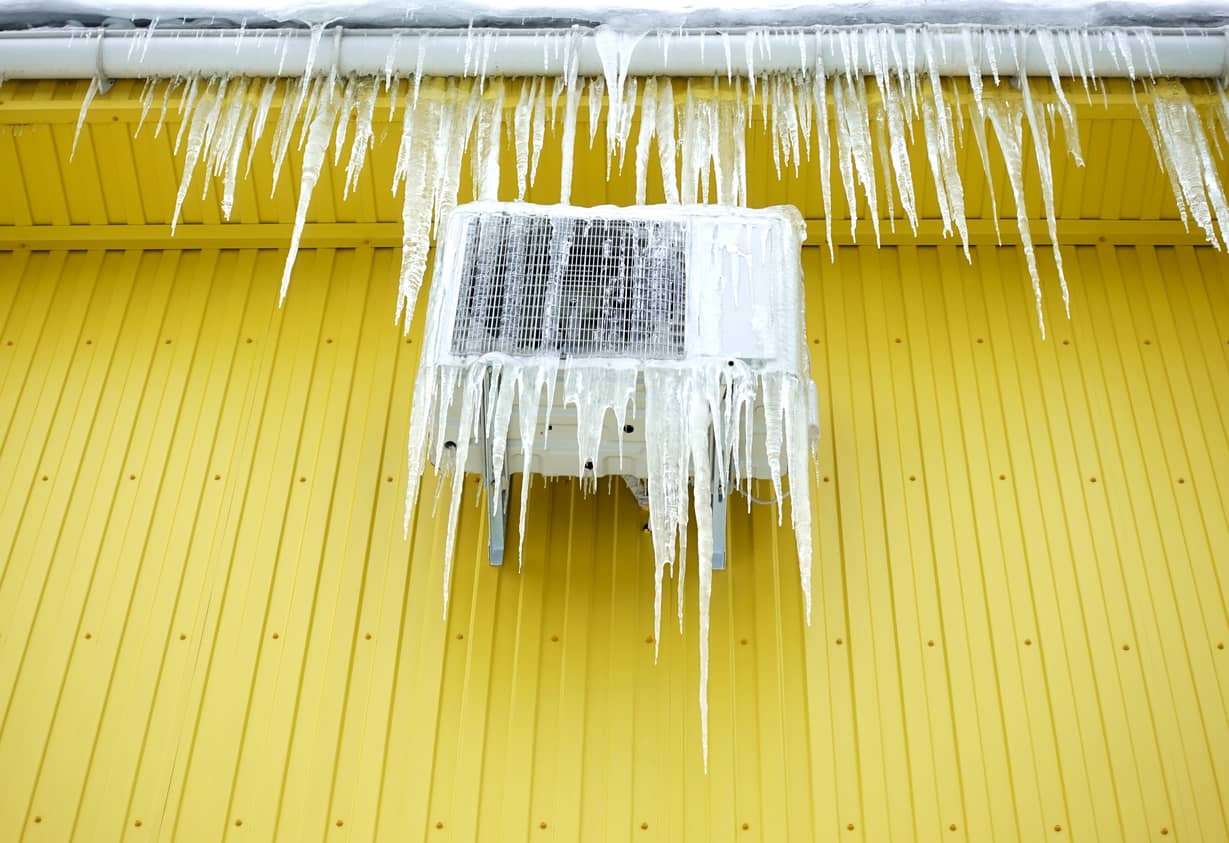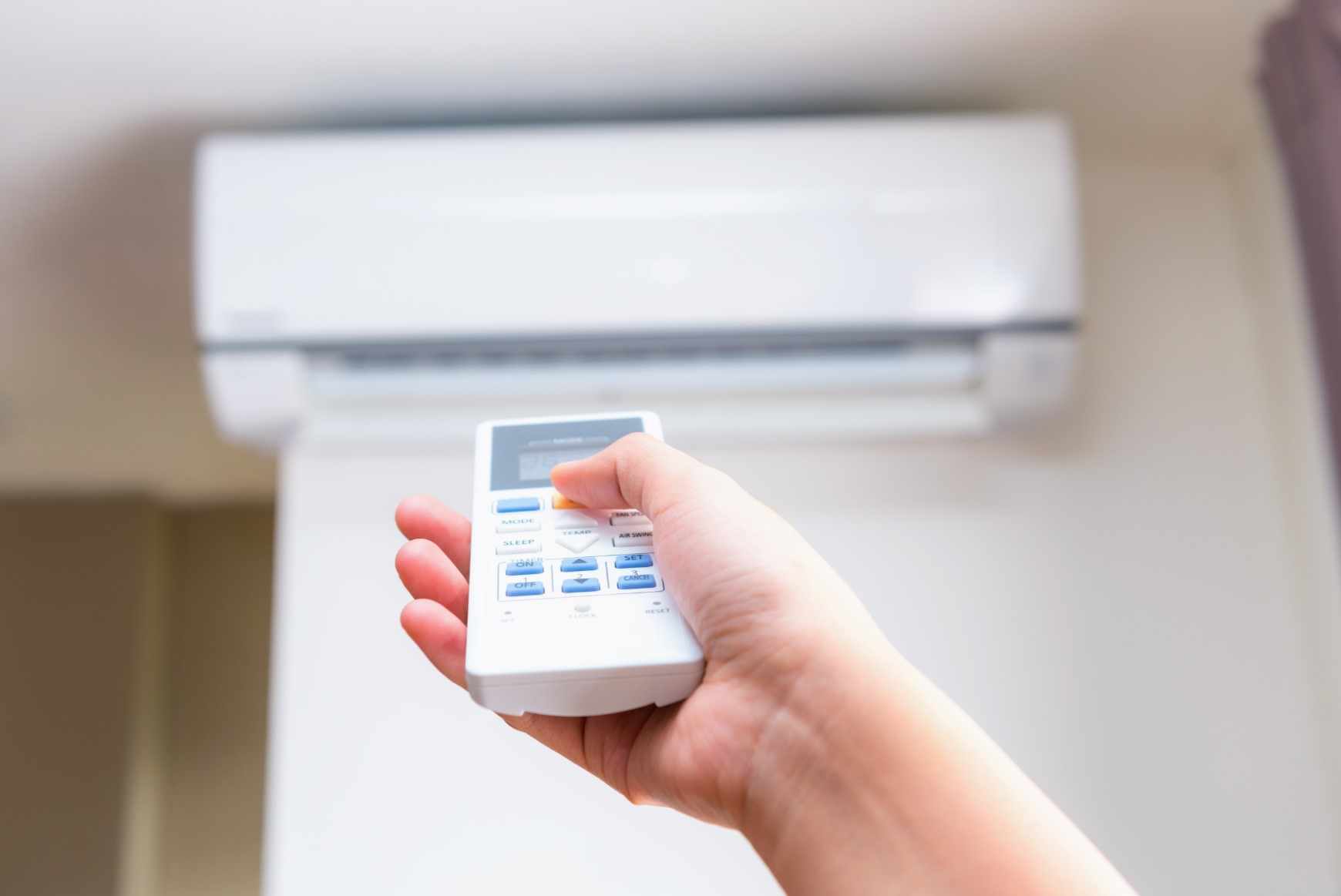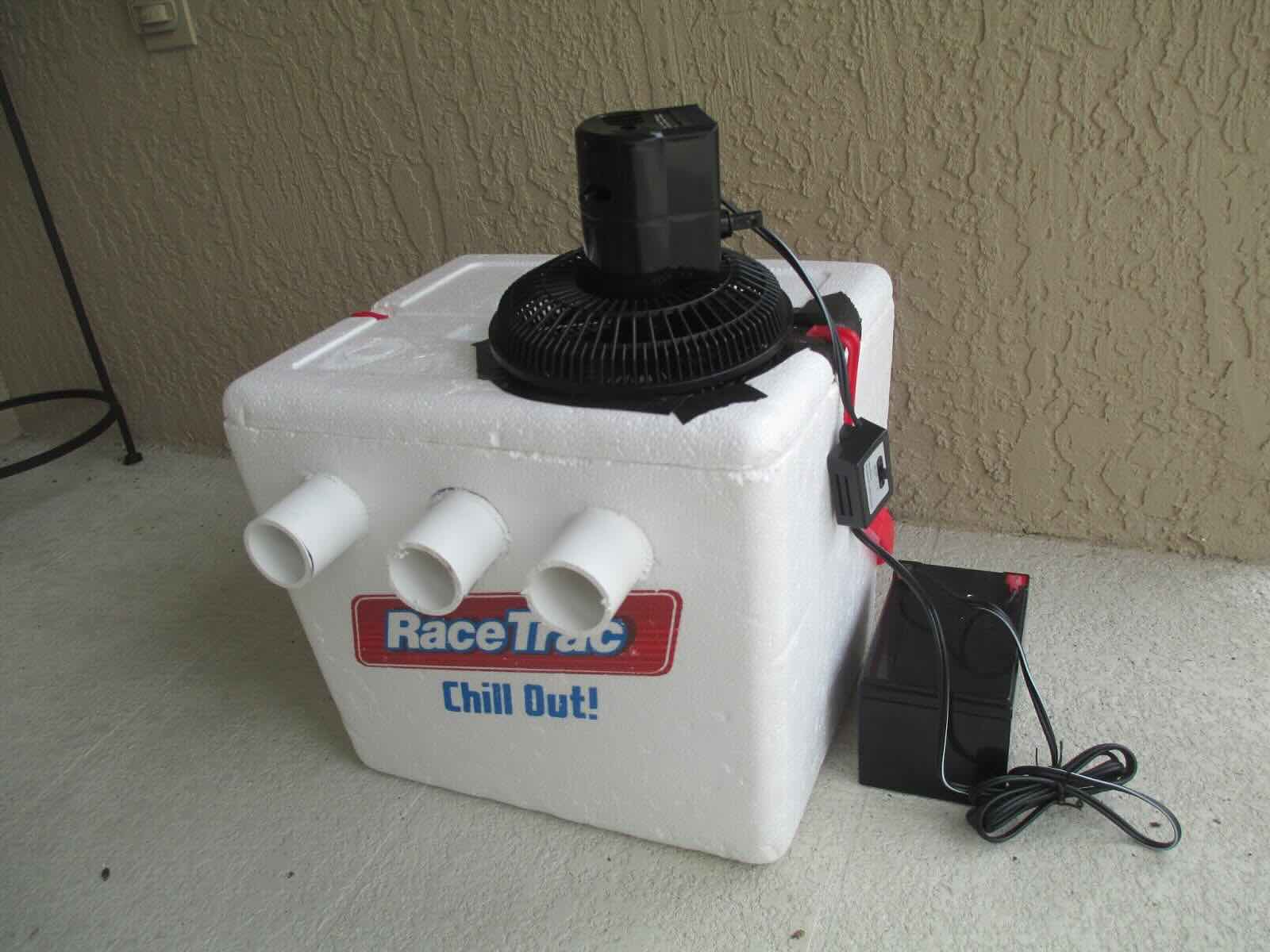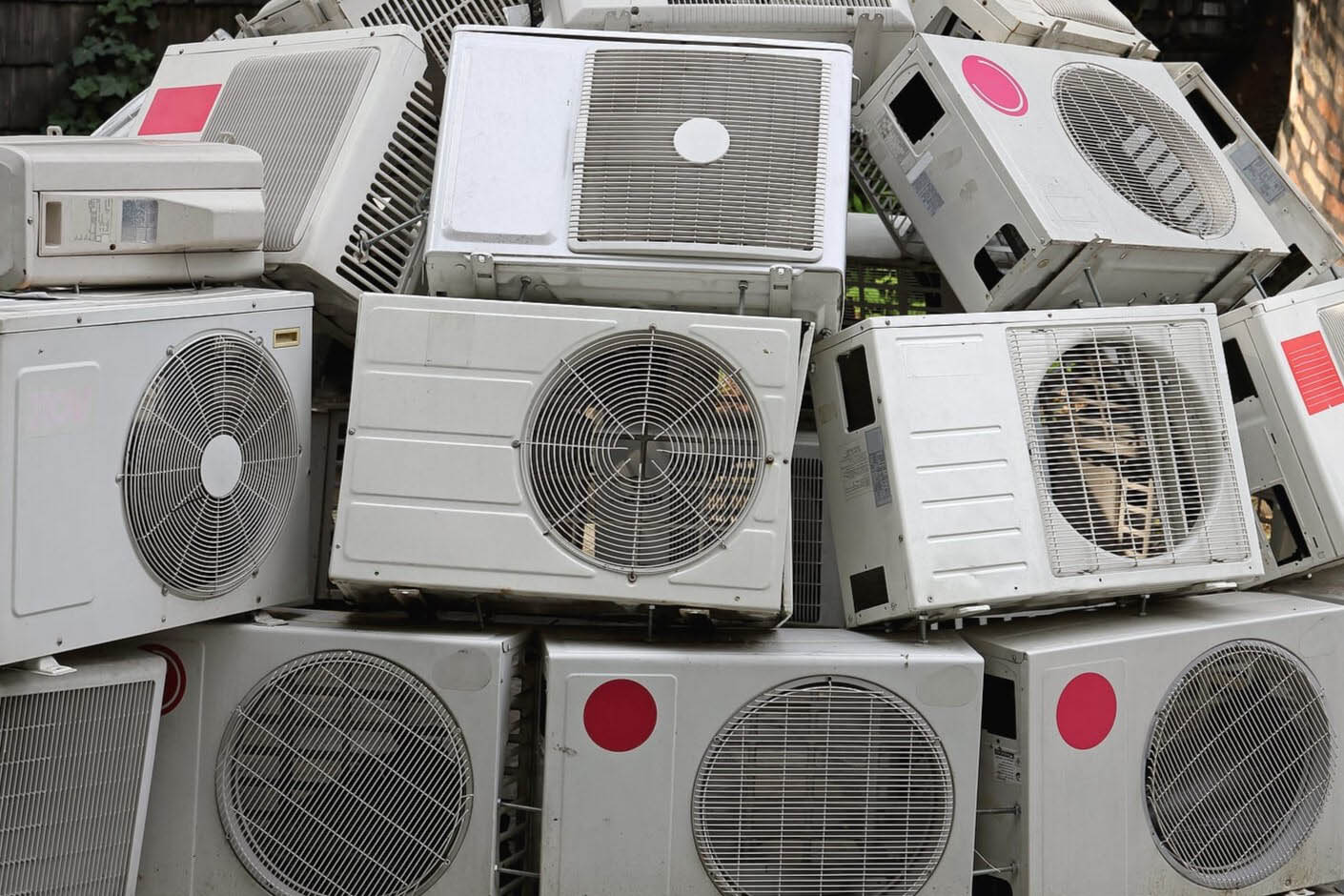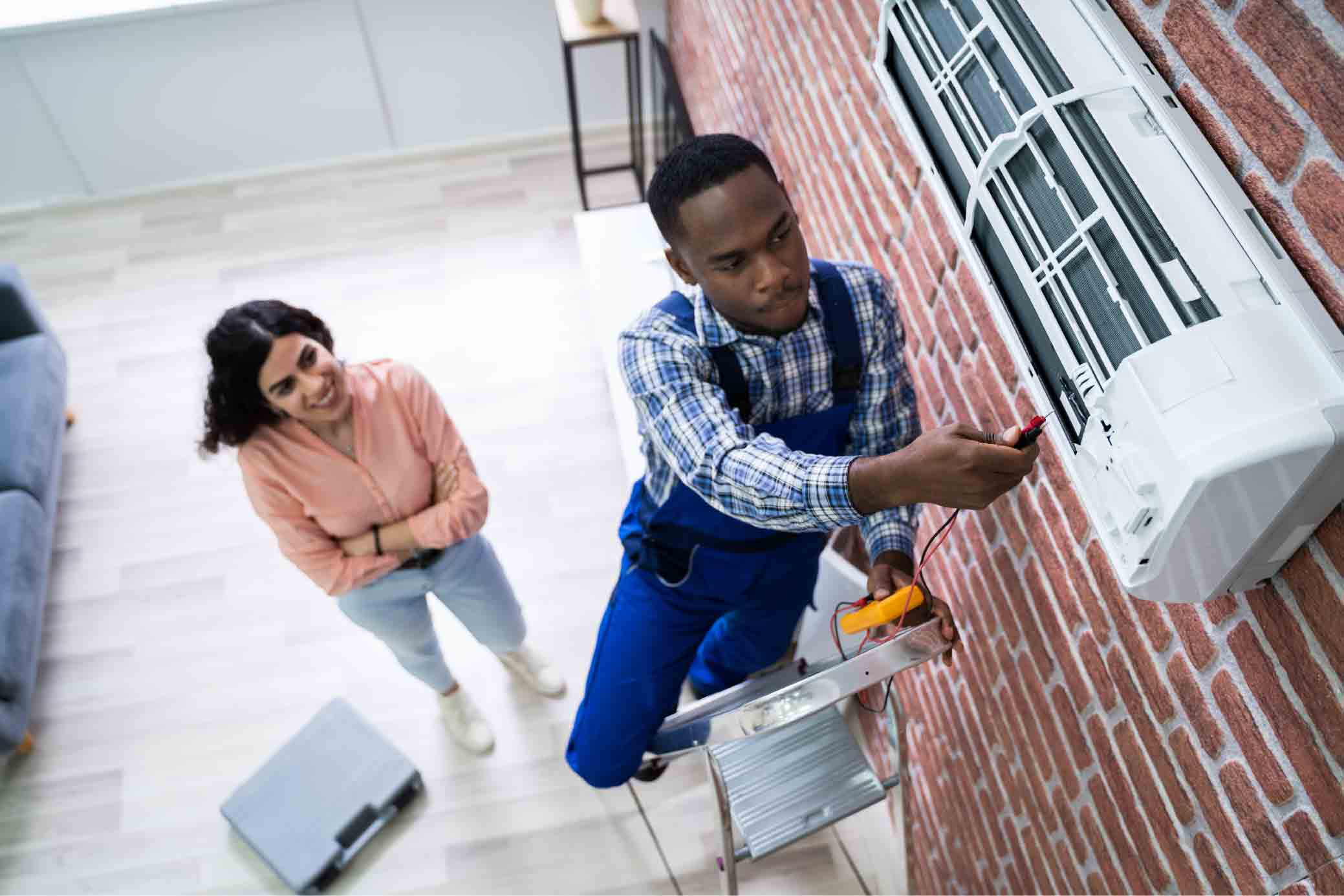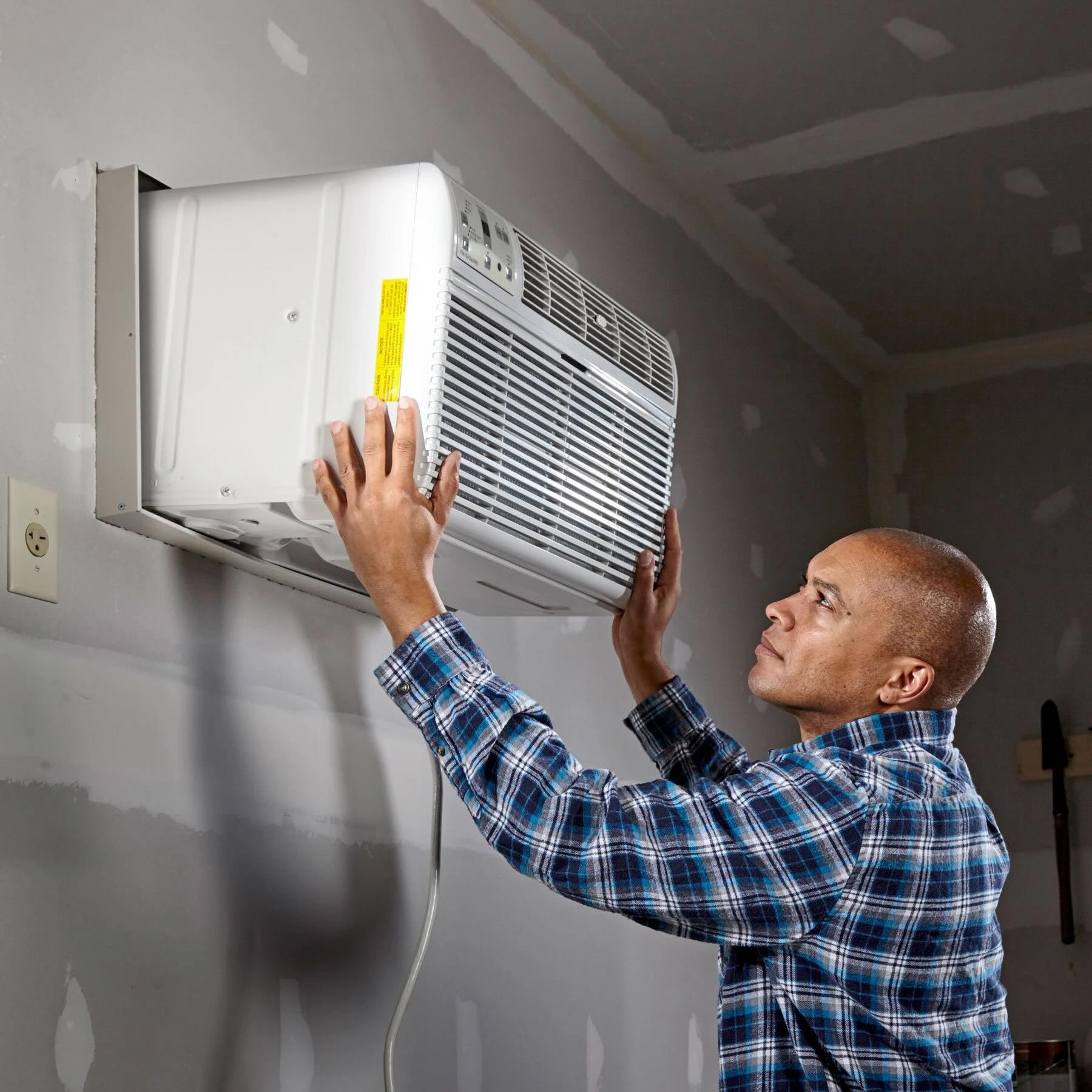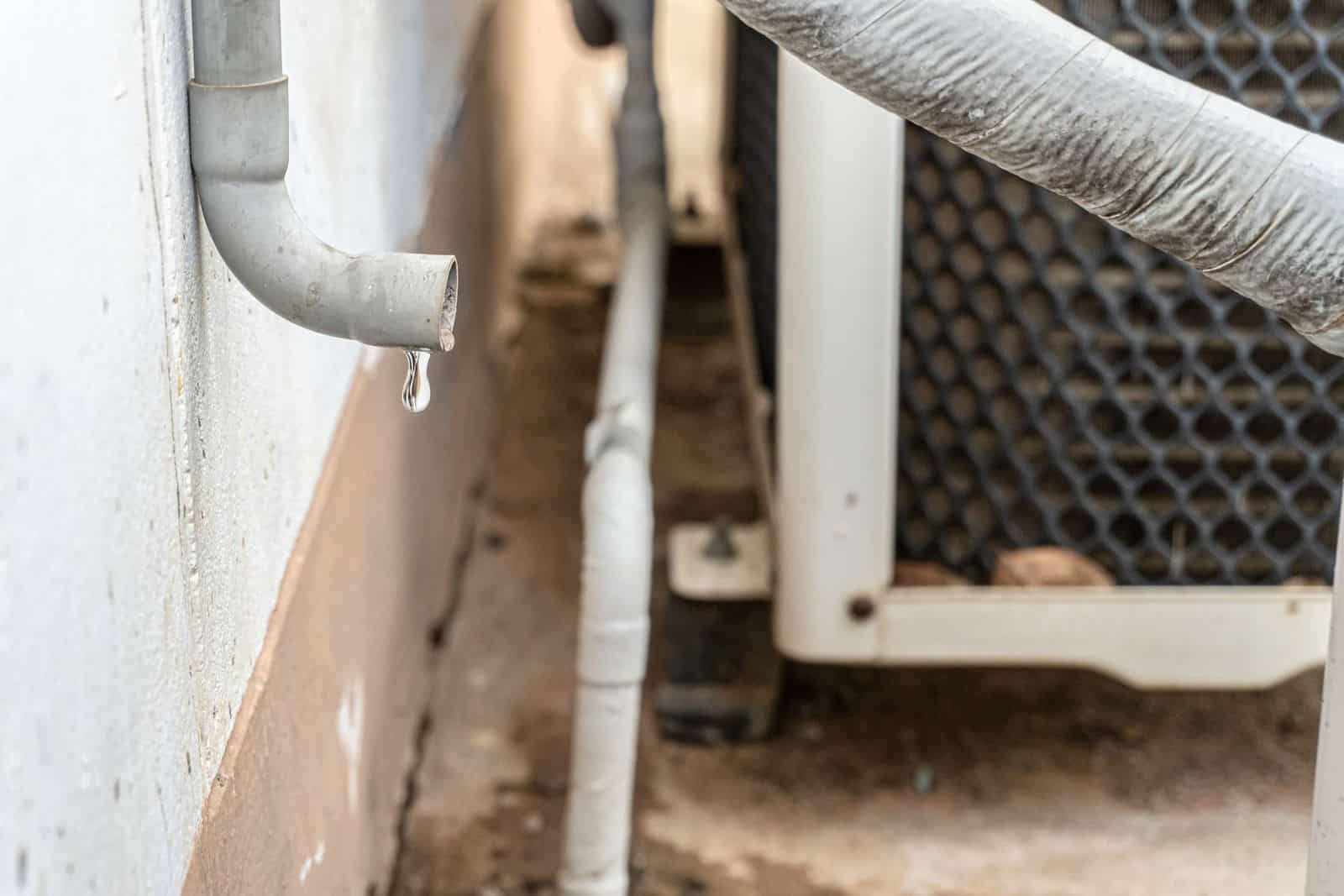Home>Home Maintenance>How To Charge A R22 Air Conditioner
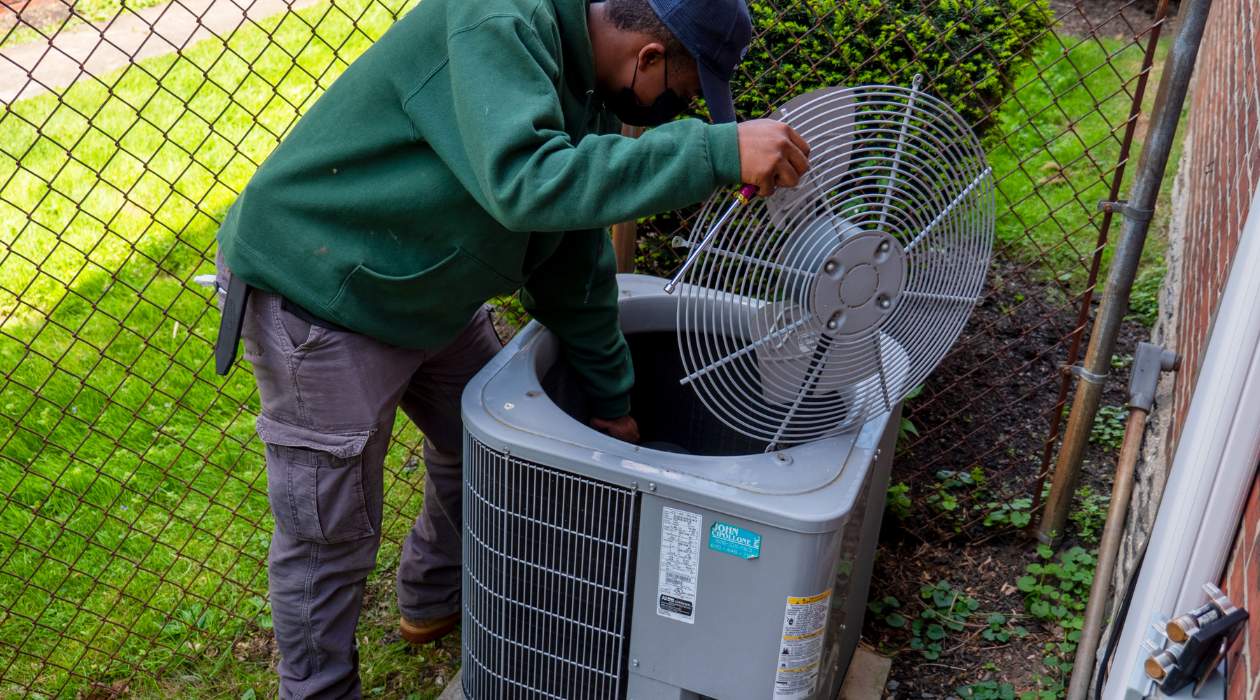

Home Maintenance
How To Charge A R22 Air Conditioner
Modified: March 7, 2024
Learn how to charge a R22 air conditioner yourself with our step-by-step guide. Keep your home cool this summer with our home-maintenance tips.
(Many of the links in this article redirect to a specific reviewed product. Your purchase of these products through affiliate links helps to generate commission for Storables.com, at no extra cost. Learn more)
Introduction
Welcome to our comprehensive guide on how to charge a R22 air conditioner. If you own a residential or commercial property with an R22 air conditioner, it’s essential to understand the process of charging it to maintain optimal performance and efficiency. R22, also known as Freon, is a commonly used refrigerant in older air conditioning systems.
Over time, the refrigerant levels in an air conditioner can decline, leading to decreased cooling capacity and higher energy consumption. If you notice that your R22 air conditioner is not cooling as effectively as before or is taking longer to reach the desired temperature, it may be time to recharge the system.
Charging an R22 air conditioner involves adding refrigerant to the system, restoring it to the recommended levels. While this process may seem daunting, with the right knowledge and tools, you can successfully charge your air conditioner and prolong its lifespan.
Before we dive into the steps of charging a R22 air conditioner, it’s important to prioritize safety. Remember to always turn off the power supply to the air conditioner before performing any maintenance tasks. Additionally, consider wearing safety goggles and gloves to protect yourself from any potential refrigerant leaks or accidental spills.
In the next sections, we will guide you through the step-by-step process of charging a R22 air conditioner, from locating the service valves to monitoring pressure and temperature. So, let’s jump in and learn how to charge your R22 air conditioner effectively.
Key Takeaways:
- Regularly charging your R22 air conditioner with the right refrigerant and safety precautions can keep it running efficiently and save you money on energy costs.
- Monitoring pressure and temperature, and seeking professional help if unsure, are crucial for a successful and safe R22 air conditioner charging process.
Read also: 11 Best AC Gauges R22 R134 R410A for 2024
Understanding the R22 Air Conditioner
Before delving into the charging process, it’s crucial to have a basic understanding of how the R22 air conditioner operates. This knowledge will help you identify any potential issues and ensure proper maintenance of your system.
The R22 air conditioner works by circulating refrigerant between the indoor evaporator coil and the outdoor condenser unit. The refrigerant absorbs heat from the indoor air, cooling it down, and then releases the heat to the outdoor air. This continuous cycle allows the air conditioner to maintain a comfortable temperature indoors.
R22, or chlorodifluoromethane, is a hydrochlorofluorocarbon (HCFC) refrigerant that has been widely used in air conditioning systems for many years. However, due to its harmful impact on the ozone layer, its production has been phased out in many countries, including the United States.
As a result, R22 refrigerant is becoming increasingly scarce and expensive. It’s important to note that new air conditioning systems no longer use R22 and instead rely on more environmentally friendly alternatives.
In order to keep your R22 air conditioner running smoothly, it’s crucial to monitor the refrigerant levels and recharge the system when needed. By doing so, you can maintain optimal cooling performance, prevent excessive energy consumption, and extend the lifespan of your air conditioner.
Now that you have a basic understanding of how the R22 air conditioner works, and why recharging it is important, let’s move on to the necessary safety precautions you should take before starting the charging process.
Safety Precautions
Prior to charging your R22 air conditioner, it’s crucial to prioritize safety. Taking the necessary precautions will not only protect you from potential hazards but also ensure a smooth and successful charging process. Here are some important safety guidelines to follow:
1. Turn off the power supply: Before beginning any maintenance tasks, make sure to turn off the power supply to the air conditioner. This will prevent any electric shock hazards and ensure your safety throughout the process.
2. Wear protective gear: When working with refrigerants, it’s important to protect yourself from potential leaks or spills. Wear safety goggles to shield your eyes from any accidental splashes and gloves to prevent direct contact with the refrigerant.
3. Provide proper ventilation: Charging an air conditioner involves handling refrigerant, which can release potentially harmful fumes. Make sure you are working in a well-ventilated area, ideally with open windows or doors, to allow fresh air to circulate and minimize exposure to these fumes.
4. Avoid open flames and sparks: Since refrigerants are highly flammable, it’s crucial to avoid open flames or sparks in the vicinity. This includes smoking or using any ignition sources near the charging area.
5. Use approved refrigerant cylinders: When purchasing refrigerant, ensure that it is certified and approved for use with your R22 air conditioner. Using unauthorized or counterfeit refrigerant can not only damage your system but also pose safety risks.
6. Monitor pressure and temperature: Throughout the charging process, regularly monitor the pressure and temperature readings to prevent overcharging or undercharging the system. This will help maintain the proper balance and ensure optimal performance.
By following these safety precautions, you can minimize the risks associated with charging your R22 air conditioner and ensure a safe and successful process. Now that we have covered the necessary safety guidelines, let’s move on to the equipment and tools you will need for recharging your air conditioner.
Equipment and Tools Needed
Before you begin the process of charging your R22 air conditioner, it’s important to gather all the necessary equipment and tools. Having these items on hand will make the charging process much smoother and more efficient. Here are the essential items you will need:
1. Refrigerant: As the main component of the charging process, you will need the appropriate amount of R22 refrigerant. Ensure that you purchase refrigerant that is specifically designed for use with R22 air conditioners.
2. Charging Hose: A charging hose is used to connect the refrigerant cylinder to the air conditioner. It typically comes with fittings and valves that allow for easy and secure connection. Make sure the charging hose is compatible with R22 refrigerant.
3. Manifold Gauge Set: A manifold gauge set is necessary for monitoring the pressure and temperature of the air conditioner during the charging process. It consists of pressure gauges, valves, and hoses that provide accurate readings of the system’s condition.
4. Safety Goggles and Gloves: To protect yourself from any potential leaks or spills during the charging process, wear safety goggles to shield your eyes and gloves to prevent direct contact with the refrigerant.
5. Screwdriver or Wrench: Depending on the type of service valves on your air conditioner, you may need a screwdriver or wrench to loosen and tighten the valve connections.
6. Leak Detector: While not essential, using a leak detector can help to identify any refrigerant leaks in the system. This can be a valuable tool for detecting and addressing any potential issues before recharging the air conditioner.
Ensure that you have all the necessary equipment and tools ready before starting the charging process. Having everything prepared will save you time and allow for a smoother and more efficient procedure. Now that you are equipped with the necessary items, let’s move on to the step-by-step process of charging your R22 air conditioner.
Step 1: Locating the Service Valves
Before you can begin charging your R22 air conditioner, you need to locate the service valves. The service valves are typically located on the outdoor condenser unit of the air conditioner. These valves control the flow of refrigerant into and out of the system. Here’s how to locate the service valves:
- Turn off the power supply: As a safety precaution, make sure to turn off the power supply to the air conditioner before you begin.
- Locate the outdoor condenser unit: The outdoor condenser unit is usually positioned outside the building, either on the ground or on the roof. It is connected to the indoor unit via a refrigerant line.
- Identify the high- and low-pressure service valves: On the outdoor condenser unit, you will find two service valves – a high-pressure valve and a low-pressure valve. These valves are usually located near the refrigerant lines and are labeled accordingly.
- Identify the suction line and the liquid line: To help locate the service valves, you can follow the refrigerant lines. The larger refrigerant line is the suction line, which carries the low-pressure refrigerant vapor from the indoor evaporator coil to the outdoor condenser unit. The smaller refrigerant line is the liquid line, which carries the high-pressure liquid refrigerant from the outdoor condenser unit to the indoor evaporator coil.
- Identify the valve types: The high-pressure service valve is usually smaller in size and has a red cap, indicating its importance and caution. The low-pressure service valve is larger and may have a blue or yellow cap.
- Ensure the valves are accessible: Once you have located the service valves, make sure they are easily accessible for connecting the charging hose and performing the charging process. Clear any debris or obstructions around the valve area.
Locating the service valves is an important first step in charging your R22 air conditioner. Once you have identified the valves and ensured their accessibility, you can move on to the next step of connecting the charging hose. In the following sections, we will guide you through the remaining steps of the charging process.
Make sure to turn off the power to the air conditioner before attempting to charge it with R22 refrigerant. Always follow the manufacturer’s guidelines and use the correct tools to avoid any accidents.
Step 2: Connecting the Charging Hose
Now that you have located the service valves on your R22 air conditioner, it’s time to connect the charging hose. The charging hose is a crucial component as it allows refrigerant to flow between the refrigerant cylinder and the air conditioner. Follow these steps to connect the charging hose:
- Ensure the power supply is still turned off: Before proceeding, make sure the power supply to the air conditioner is still turned off. Safety should always be a priority when working with any electrical appliance.
- Inspect the charging hose: Before connecting the charging hose, inspect it for any signs of damage or wear. Make sure it is in good condition and free from any leaks or cracks.
- Attach the charging hose to the refrigerant cylinder: Connect one end of the charging hose to the valve on the refrigerant cylinder. Ensure that the connection is secure to prevent any refrigerant leaks during the charging process.
- Secure the other end of the charging hose to the low-pressure service valve: Take the other end of the charging hose and attach it securely to the low-pressure service valve on the outdoor condenser unit. Again, ensure that the connection is tight to avoid any refrigerant leaks.
- Tighten the connections: Once both ends of the charging hose are attached, use a wrench or screwdriver to tighten the connections. This will further secure the hose and prevent any potential leaks.
- Check for leaks: After connecting the charging hose, it’s important to check for any leaks in the connections. Apply a mixture of soap and water to the connections and observe for any bubbles that indicate a leak. If you notice any leaks, tighten the connections further or replace any damaged parts.
By following these steps, you should now have the charging hose securely connected between the refrigerant cylinder and the low-pressure service valve of your R22 air conditioner. In the next step, we will move on to measuring and adding refrigerant to the system.
Step 3: Measuring and Adding Refrigerant
Now that you have successfully connected the charging hose, it’s time to move on to measuring and adding the appropriate amount of refrigerant to your R22 air conditioner. Follow these steps to ensure accurate measurement and addition of refrigerant:
- Put on safety goggles and gloves: Before handling the refrigerant, ensure you are wearing the necessary protective gear to prevent any direct contact or exposure to your skin.
- Open the valve on the refrigerant cylinder: Slowly open the valve on the refrigerant cylinder to allow the refrigerant to flow through the charging hose. Ensure the valve is fully open to enable a steady flow of refrigerant.
- Monitor the pressure gauge readings: Refer to the manifold gauge set that you connected earlier and monitor the pressure gauge readings. The low-pressure gauge will show the current pressure in the system. The reading should be within the recommended range for your specific air conditioner model.
- Observe the temperature of the refrigerant cylinder: As the refrigerant flows through the charging hose, monitor the temperature of the refrigerant cylinder. It should remain relatively stable or drop slightly as the refrigerant is released into the system.
- Stop adding refrigerant once the desired level is reached: Slowly add refrigerant to the system while continuously monitoring the pressure gauge readings and the temperature of the refrigerant cylinder. Stop adding refrigerant once the pressure reaches the recommended level specified by the manufacturer.
- Close the valve on the refrigerant cylinder: Once you have added the necessary amount of refrigerant, close the valve on the refrigerant cylinder to stop the flow of refrigerant through the charging hose.
It’s important to note that adding the correct amount of refrigerant is crucial to maintaining the optimal performance and efficiency of your R22 air conditioner. Adding too little refrigerant can result in reduced cooling capacity, while adding too much can lead to system damage or inefficient operation. Therefore, it’s essential to follow the manufacturer’s recommendations or consult a professional if you’re unsure of the correct amount to add.
In the next step, we will discuss how to monitor the pressure and temperature of the system to ensure proper charging and functionality.
Step 4: Monitoring Pressure and Temperature
Once you have added the appropriate amount of refrigerant to your R22 air conditioner, it’s important to monitor the pressure and temperature of the system to ensure proper charging and functionality. Follow these steps to effectively monitor these factors:
- Start the air conditioner: Turn on the power supply to the air conditioner and allow it to run for a few minutes to stabilize the system.
- Monitor the pressure gauge readings: Refer to the manifold gauge set that you connected earlier and monitor the pressure gauge readings. The high-pressure and low-pressure gauges will provide valuable information about the system’s current pressure levels.
- Observe the temperature difference: Measure the temperature of the air coming out of the vents in your living space using a thermometer. Compare this temperature to the ambient temperature in the room. Ideally, there should be a noticeable temperature difference indicating proper cooling.
- Adjust as needed: If the pressure or temperature readings are outside the recommended range, you may need to make adjustments. This could involve adding a little more refrigerant if the pressure is too low or contacting a professional if there are significant issues such as inadequate cooling or abnormal pressure levels.
- Continue monitoring periodically: After the initial check, continue to monitor the pressure and temperature of the system periodically. This will help ensure that the air conditioner is running smoothly and efficiently. If you notice any sudden changes or irregularities, it may indicate a problem that requires attention.
Monitoring the pressure and temperature of your R22 air conditioner is essential to maintaining its optimal performance and efficiency. By regularly checking these factors, you can detect any issues early on and take appropriate action to prevent further damage or reduce energy consumption.
In the final step, we will cover disconnecting the charging hose and completing the charging process for your R22 air conditioner.
Step 5: Disconnecting the Charging Hose
As you reach the final stage of the charging process for your R22 air conditioner, it’s important to safely disconnect the charging hose. Follow these steps to ensure a smooth and secure disconnection:
- Turn off the power supply: Before proceeding with any maintenance tasks, always turn off the power supply to the air conditioner. This will prevent any potential electrical hazards.
- Close the service valve: Begin by closing the low-pressure service valve to prevent any refrigerant from escaping when the hose is disconnected. Clockwise rotation will typically close the valve, but refer to your specific air conditioner model for confirmation.
- Release refrigerant from the charging hose: To avoid any pressure build-up in the charging hose, slowly release the refrigerant by loosening the connection between the charging hose and the low-pressure service valve. This will allow the remaining refrigerant to flow back into the cylinder.
- Remove the charging hose from the service valve: Once the pressure has been released, remove the charging hose from the low-pressure service valve. Ensure that you do this carefully to prevent any leaks or spills.
- Seal the refrigerant cylinder: To preserve the remaining refrigerant for future use, securely seal the valve on the refrigerant cylinder. This will prevent any leakage or contamination.
- Inspect for leaks: After removing the charging hose, inspect the service valve and the connection points for any signs of refrigerant leaks. If you notice any leaks, tighten the connections or replace any damaged parts before operating the air conditioner again.
- Turn on the power supply: Once you have completed the disconnection process and ensured there are no leaks, you can turn on the power supply to the air conditioner and test its functionality.
By following these steps, you can safely disconnect the charging hose and complete the charging process for your R22 air conditioner. Remember, if you are unsure or uncomfortable with any step, it is always best to seek the assistance of a professional HVAC technician.
With the charging process now complete, your R22 air conditioner should be adequately recharged and ready to provide efficient cooling. Regularly monitor the system’s performance and, if you notice any issues or a decline in cooling capacity, consult a professional for further assistance.
Conclusion
Charging a R22 air conditioner is an important maintenance task that ensures optimal performance and energy efficiency. By following the step-by-step process outlined in this guide, you can successfully charge your air conditioner and extend its lifespan.
Understanding the basics of how a R22 air conditioner operates, identifying the service valves, and taking the necessary safety precautions are all crucial steps in the charging process. With the right equipment and tools, such as a charging hose and manifold gauge set, you can accurately measure and add the appropriate amount of refrigerant to the system.
Monitoring the pressure and temperature of the air conditioner throughout the charging process is vital to ensure proper functionality. By regularly checking these factors, you can identify any potential issues and make necessary adjustments to maintain the optimum performance of your air conditioner.
Lastly, safely disconnecting the charging hose and thoroughly inspecting for any refrigerant leaks or damaged parts completes the charging process. By following these guidelines and adhering to proper safety protocols, you can enjoy a smoothly running and efficient R22 air conditioner.
Remember, if you feel unsure or uncomfortable with any step of the charging process, it is always recommended to consult a professional HVAC technician. They have the knowledge and expertise to ensure a safe and effective charging procedure.
By taking the time to recharge your R22 air conditioner, you are investing in its longevity and performance. Regular maintenance and charging will not only save you money on energy costs but also provide you with reliable and efficient cooling for years to come.
So, equip yourself with the necessary tools and knowledge, prioritize safety, and confidently undertake the task of charging your R22 air conditioner. Enjoy the benefits of a well-maintained and properly charged air conditioning system in your home or office.
Frequently Asked Questions about How To Charge A R22 Air Conditioner
Was this page helpful?
At Storables.com, we guarantee accurate and reliable information. Our content, validated by Expert Board Contributors, is crafted following stringent Editorial Policies. We're committed to providing you with well-researched, expert-backed insights for all your informational needs.
